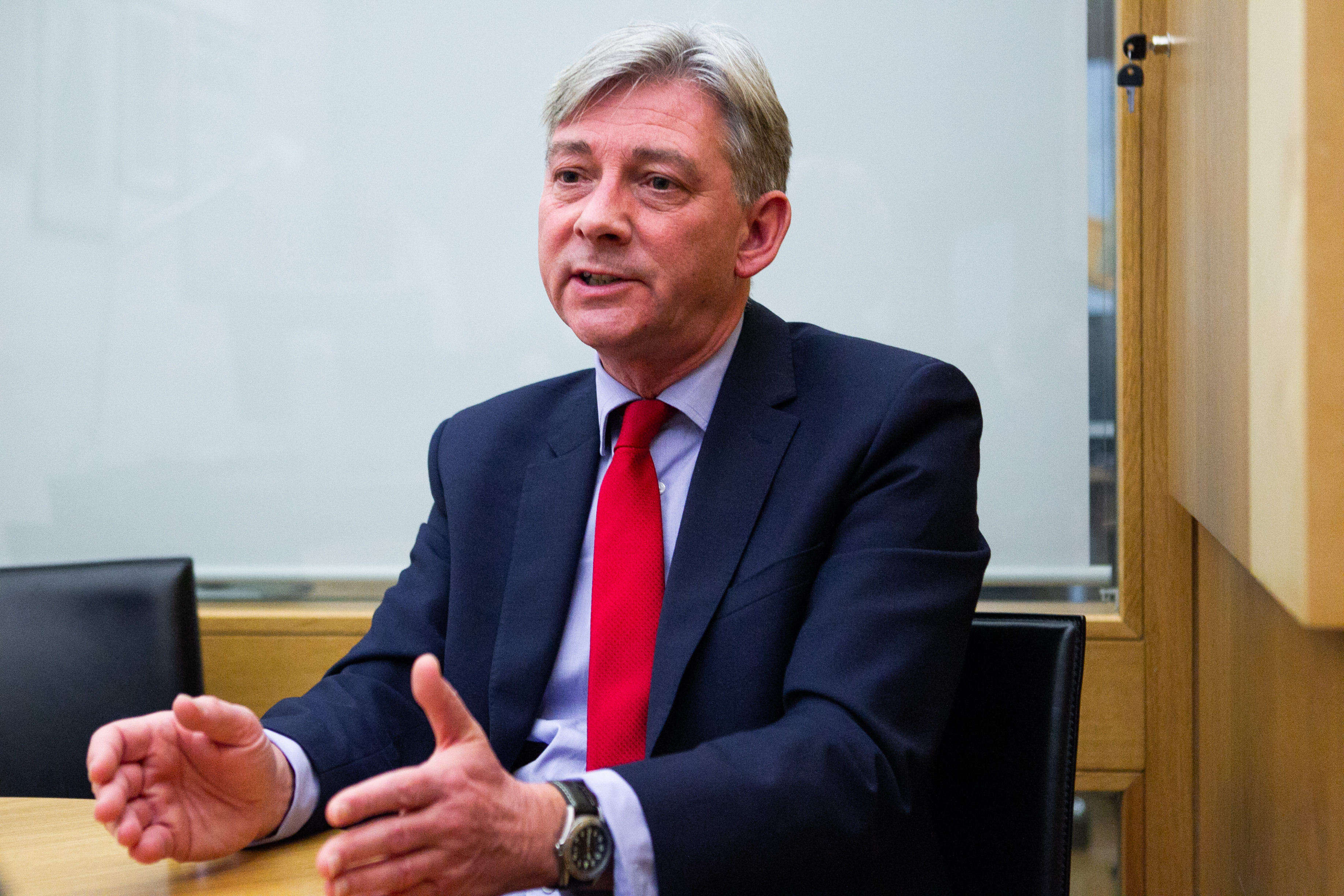
If reaction to the opinion poll that I published earlier last week during my day job as editor of Holyrood magazine is anything to go by, the debate about Scottish independence has just got a whole load more messy.
Commentators have been predicting for some time that a Boris Johnson-led UK government on track for a hard Brexit could see him as the last prime minister of a United Kingdom, but the poll, commissioned by Lord Ashcroft, suggests the drift has already begun.
And with more than half of Scots apparently now in favour of independence and a majority wanting a second referendum within two years, it feels like game on.
It is of course just one poll, but with support for independence not substantially waning since 2014, for the SNP and wider Yes movement, it seems a solid base to build on.
The reaction has been predictably vitriolic. Lord Ashcroft is a former chairman of the Conservative Party and remains a committed Tory but even he has been accused of being an SNP sleeper by what should be his own side.
The poll put support for Scottish independence at a headline figure of 52% to 48% and is the first to register what many people believed was happening anyway, that there is an increase in support for independence because of Brexit and because of Johnson.
None of which is comfortable reading for the Scottish Conservative leader, Ruth Davidson, who was a committed Remainer and has reluctantly got behind the new prime minister, having previously voted for anyone but him.
Scotland voted overwhelmingly to stay in the EU and the poll has only confirmed the fact that the appetite for Scots to be European has been cemented by the intervening three years of inaction by an inept government at Westminster, with 67% of them now saying they would vote to remain.
But in what has been a miserable couple of weeks for the Scottish Conservative leader, the Labour Party, as ever, ride to Davidson’s rescue.
Appearing in a Q&A at the Edinburgh Fringe, John McDonnell, the shadow chancellor, when asked whether he would support a second referendum, said that it would be a decision for the Scots. And while that might sound reasonable enough in polite society, in the hands of the Scottish commentariat it was proof positive that the Labour Party was at war with itself.
And so it was left to poor Richard Leonard, the Scottish Labour leader, already suffering the ignominy of being voted a less popular leader among Scots than even Boris Johnson, having to explain to McDonnell that the Scottish party had a policy of opposing a second referendum. That fell on deaf ears and saw McDonnell only double-down, putting Scottish Labour back in its box. Again.
And that’s the rub for the pro-Unionist parties, Scottish constitutional politics is not a game for the faint-hearted, but with independence looking ever more likely, they find their own party leadership being the main risk to their Union.
Sometimes separation just make sense.

Enjoy the convenience of having The Sunday Post delivered as a digital ePaper straight to your smartphone, tablet or computer.
Subscribe for only £5.49 a month and enjoy all the benefits of the printed paper as a digital replica.
Subscribe